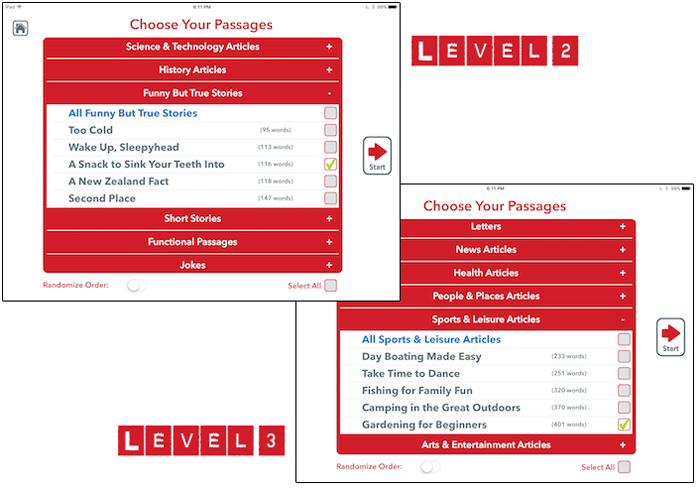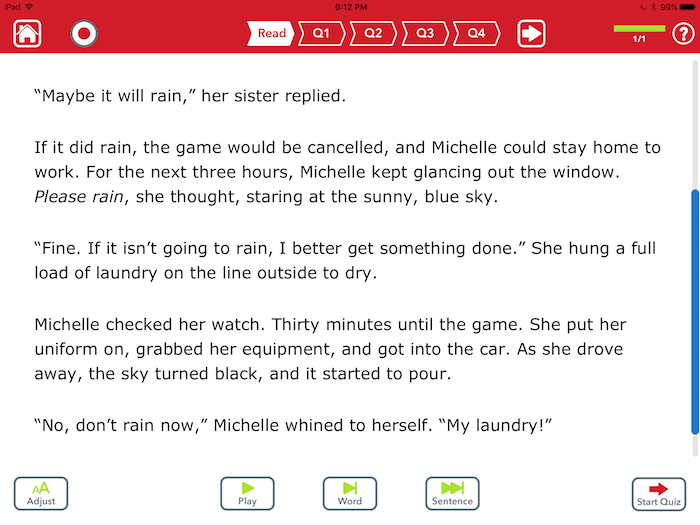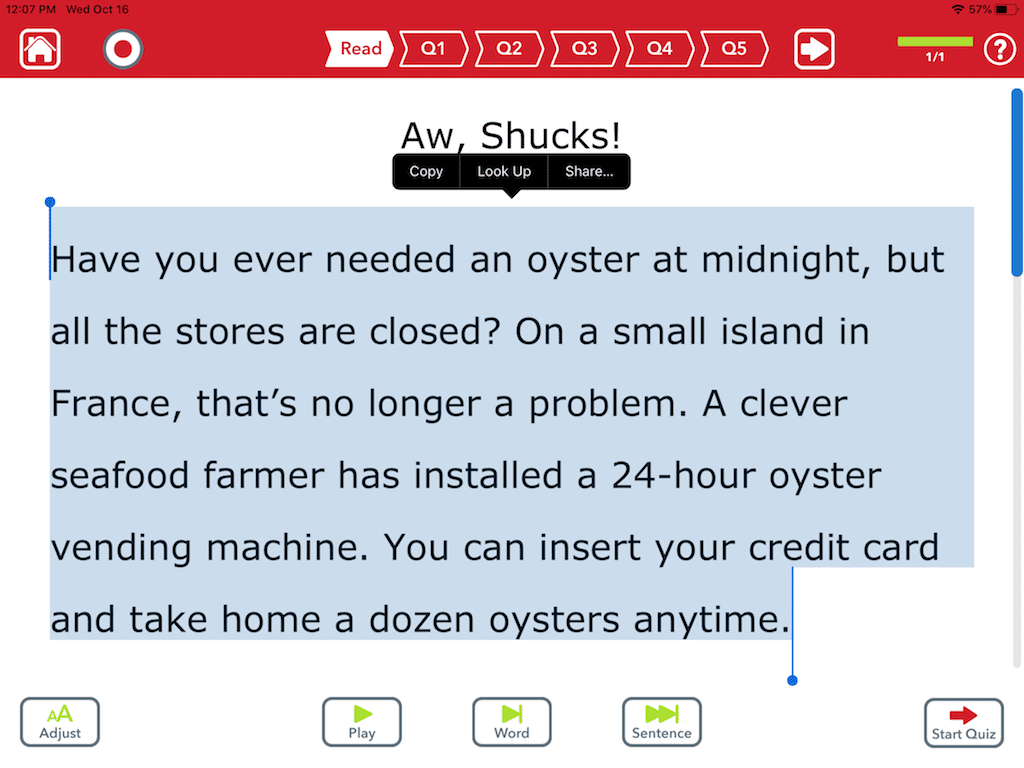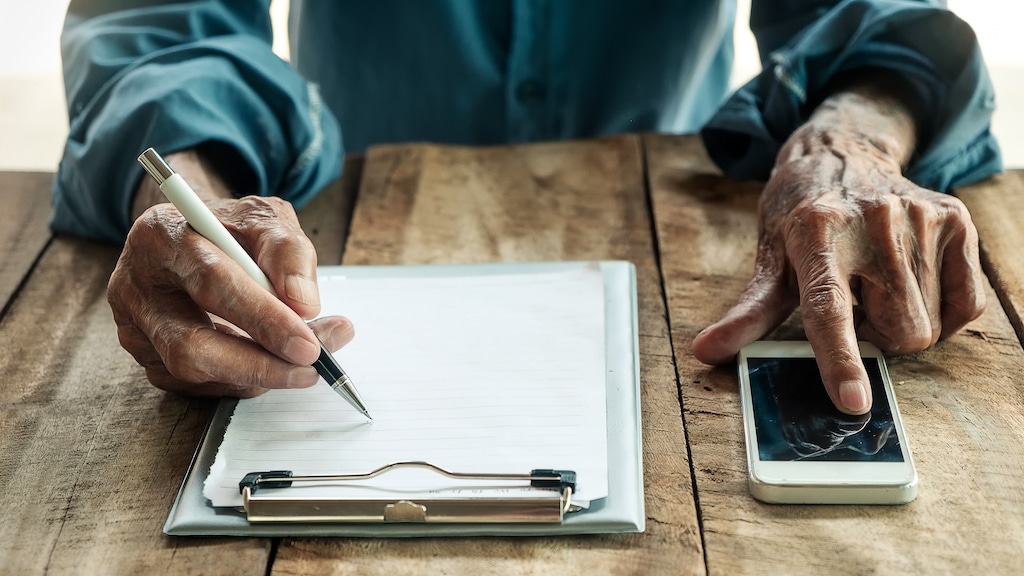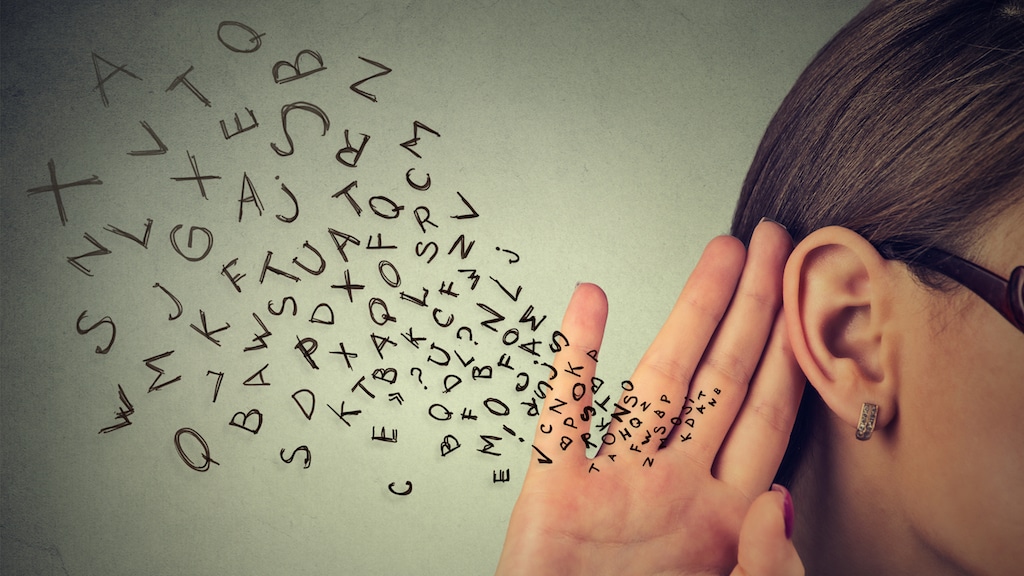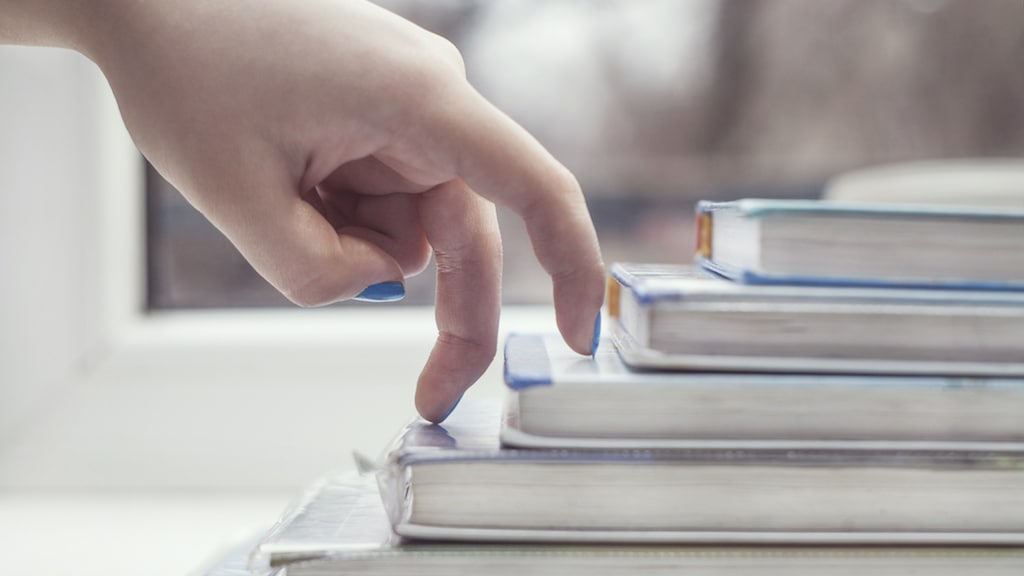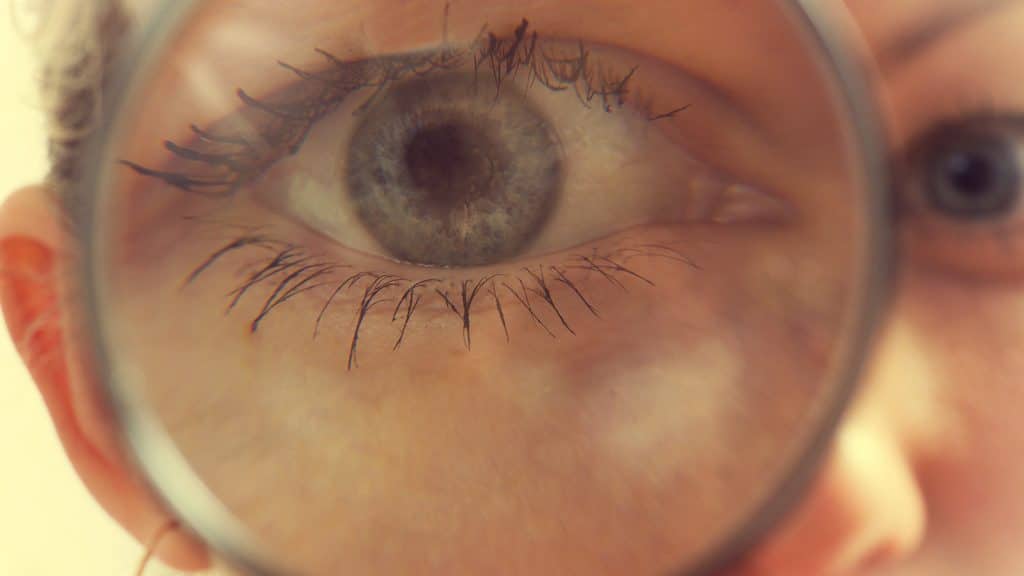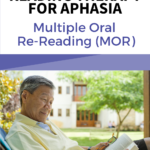How To:
Multiple Oral Re-Reading (MOR)
8 min read
Before most of us learned to read, our parents read aloud to us from colorful children’s books, pointing at the words as they said them. They read us our favorite books so many times that they really didn’t even need the text anymore. This same idea of reading a story over and over again can help adults who have lost their ability to read fluently.
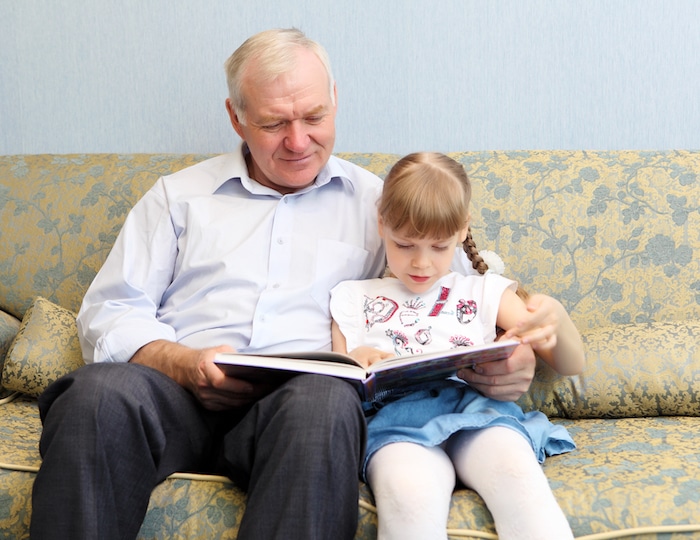
The Problem: Alexia
Problems with reading that are acquired after a person has already learned to read are called alexia or acquired dyslexia. Alexia typically happens after damage to the language center of the brain from a stroke or brain injury, and it is a common part of aphasia. There are different types of alexia:
- Surface alexia: regularly-spelled words (e.g. “mint”) are easier to read than irregular ones (e.g. “pint”)
- Phonological alexia: familiar words are easier to read than unfamiliar ones, such as newly-coined words (e.g. “bling”) or non-words/pseduowords (e.g. “gillering”).
- Deep alexia: in addition to many of the symptoms of phonological alexia, words may be misread as semantically-related words (e.g. “boat” for “ship”) as the meaning is recognized, but the sounds are not; grammatical function words (e.g. “for” or “the”) are particularly difficult as they have little meaning
- Pure alexia: also known as pure word blindness, people with this type of alexia often have no problems in other areas of language except reading (alexia without agraphia). They must read letter-by-letter (LBL), which doesn’t always work, as words like “phone” are not pronounced as they are spelled. Reading is extremely slow and effortful.
Watch this incredible video of The Writer Who Couldn’t Read to see what it would be like to have alexia.
The Treatment: Multiple Oral Re-Reading (MOR)
Developed as a treatment for pure alexia, multiple oral re-reading (MOR) has shown promising results for many people with varying types of alexia. The goal of treatment is to improve the rate and accuracy at which people with alexia can read new text-level material, so it is perfect for those who complain of slow, effortful reading. The idea is that by reading a passage over and over, the meaning and grammar of the passage help to facilitate recognizing whole words, in a top-down learning approach. The focus is on the fluency of oral reading, rather than on reading comprehension.
This treatment requires lots of repetition, so motivation to improve and determination to practice are essential. While time-intensive, this practice can largely be done at home with simple tools or apps.
How To Do Multiple Oral Re-Reading
Download the “How To” guide now!
Get your free 2-page PDF handout of How To Do Multiple Oral Re-Reading (MOR).
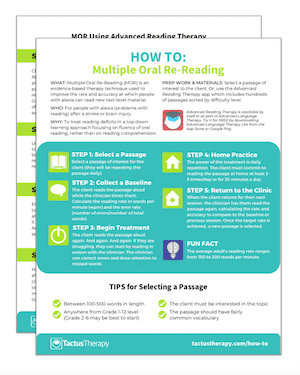
In addition to receiving your free download, you will also be added to our mailing list. You can unsubscribe at any time. Please make sure you read our Privacy Policy and Terms & Conditions.
MOR Using the Advanced Reading Therapy App
As with all of our How To guides for evidence-based speech therapy, we’re going to tell you how you can simplify the process using a Tactus Therapy app. The go-to app for multiple oral re-reading is Advanced Reading Therapy.
Bonus features of using the Advanced Reading Therapy app:
- Comprehension questions: Each passage has 4-5 questions following the text to test reading comprehension. If sticking strictly to the MOR protocol, these can be skipped, but they’re always there if you want them.
- Print out the text: Go into the Settings of the app and turn the Touch to Hear Words setting to Regular Selection. Now when you go back to the passage you’ve selected, you can highlight the text. Copy it, then paste it into an email or note. Send it to a computer with word-processing ability or straight to a printer.
- Adjust text size: Touch the Adjust button in the lower left corner to change the font size and line spacing for the most comfortable visual experience.
- Try it for free: Download the Advanced Language Therapy Lite app to get 5 full passages in each level. That’s 10 Level 2 and 3 passages to get you started with MOR right away!
Advanced Reading Therapy
Enjoy reading again with paragraph-level passages to suit all abilities and built-in tools to help you understand text better.
Resources for Multiple Oral Re-Reading
First described in the literature by Moyer in 1979, multiple oral re-reading has been studied in numerous case studies and small clinical trials over the past 40 years. There’s a detailed overview of MOR treatment and the evidence for this approach on the Communication Therapies for Adults blog. This PDF handout from a 2008 ASHA presentation describes MOR clearly with references. The chapter entitled “Comprehension and Production of Written Words” by Beeson and Hillis in the Chapey textbook provides a nice overview as well.
Selected research articles on MOR:
- Starrfelt, R., Ólafsdóttir, R. R., & Arendt, I-M. (2013). Rehabilitation of pure alexia: A review. Neuropsychological Rehabilitation, 23(5), 755-779.
- Kim, M., & Russo, S. (2010). Multiple Oral Reading (MOR) treatment: Who is it for? Contemporary Issues in Communication Science and Disorders, 37, 58-68.
- Lacey, E. H., Lott, S. N., Snider, S. F., et al (2010). Multiple Oral Re-reading treatment for alexia: The parts may be greater than the whole. Neuropsychological Rehabilitation, 20(4), 601-623.
- Beeson, P. M., Magloire, J. G., & Robey, R. R. (2005). Letter-By-Letter Reading: Natural Recovery and Response to Treatment. Behavioural Neurology, 16(4), 191–202.
- Beeson, P. M., & Insalaco, D. (1998). Acquired alexia: Lessons from successful treatment. Journal of the International Neuropsychological Society, 4, 621–635.
- Tuomainen, J., & Laine, M. (1991). Multiple oral re-reading technique in rehabilitation of pure alexia. Aphasiology, 5, 401–409.
- Moody, S. (1988). The Moyer reading technique re-evaluated. Cortex, 24, 473–476.
- Moyer, S. B. (1979). Rehabilitation of alexia: a case study. Cortex, 15, 139–144.
